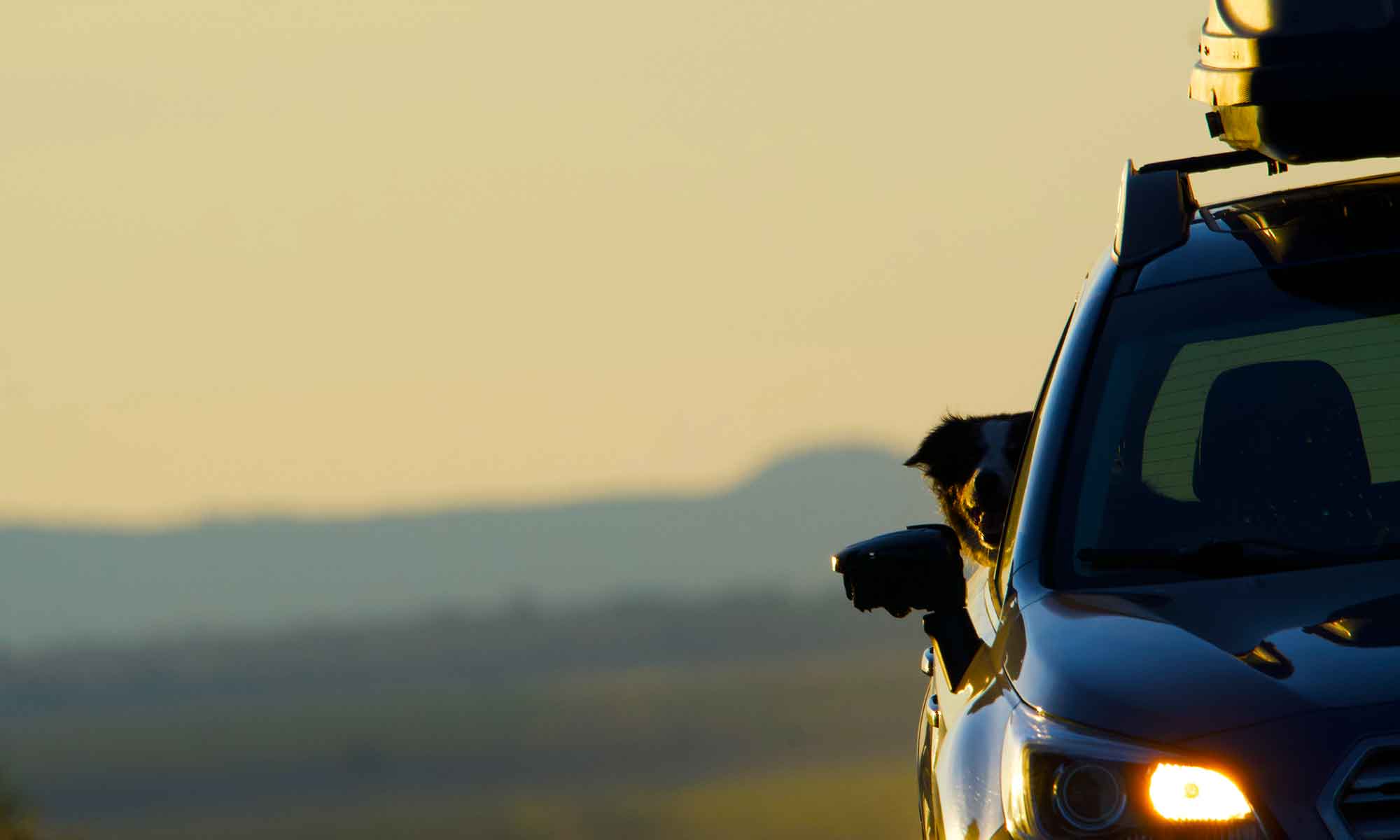
I’ve fished, mostly fly fishing, for more than sixty years. For fifty of those years any pattern tossed onto a lake or stream has been made in-house.

This week I was reorganizing the space used to tie flies and pulled out a box of hooks that has been on hand from the start.
It may have been a week of cold weather battering old bones or this antique hook box, but either way this got me ruminating on my tying bench.
In this house winter doesn’t bring fishing to a complete halt, but it does limit time spent on the water. What replaces the actual fishing is fly tying. In all these years of stocking a bench, more gets added than is ever tossed.
A tying space is the equivalent to a garage work bench with its collection of old cans holding odd lots of hardware that might someday be useful.
 The foundation to my tying bench is a roll top desk recovered from the Pastime Bar in Whitefish.
The foundation to my tying bench is a roll top desk recovered from the Pastime Bar in Whitefish.
Though it has served in many capacities, the current iteration evolved from a couple of decades of reorganizations.
Every drawer and file slot holds fly tying materials.
 On the slab of oak that tops the desk is a tying box my father built.
On the slab of oak that tops the desk is a tying box my father built.
Above that are shelves with even more wooden boxes. All overflow with the bits and bobs necessary to craft trout lures.

 The item that prompted this post was a tiny piece of wire sitting in a white cardboard box identified by Mustad-Viking Hooks in red ink and the number 94840 stamped in a different font.
The item that prompted this post was a tiny piece of wire sitting in a white cardboard box identified by Mustad-Viking Hooks in red ink and the number 94840 stamped in a different font.
A Sparkle Pupa pattern in Gary LaFontaine’s book “Caddisflies” calls specifically for this style of hook. However, you can’t find this component in most fly shops.
 You see, Mustad isn’t the market leader they were when their signature cardboard box lined shelves in every shop.
You see, Mustad isn’t the market leader they were when their signature cardboard box lined shelves in every shop.
In the years since I purchased these boxes, not only has the package changed, but the part number number has disappeared.
It didn’t matter to me nor would it to any tyer pulling a pattern from this book as fly tyers are notorious for making substitutions. Just like your father always had a bolt that would work.

Fly patterns are intended to imitate a fish’s food sources which hasn’t changed.

However, the materials and methods are in constant motion, bringing new twists to ancient patterns. Tying a caddis pupa imitation to fish ahead of a hatch draws on hundreds of different patterns from years of knowledge.
My methods have evolved, yet still get pulled back to times when these old Mustad hooks were state of the art.

As winter sets in, I scribble out a list aimed to replenish boxes depleted over a summer of fishing.
This year a variety of streamers will be tacked on because Small Mouth Bass got added to the hunted species list.

I’ll spend the next month or so building imitations of aquatic invertebrates to match the variety of hatches we’ll encounter. Some will end up catching fish, others will catch a rock or branch and become part of next year’s winter list.
Every year the process gets reset like the cycles I’m attempting to replicate.







































 I’ve renewed the pursuit of Steelhead in the Deschutes River. To that end, this week we made our third, but not final, trip to Maupin.
I’ve renewed the pursuit of Steelhead in the Deschutes River. To that end, this week we made our third, but not final, trip to Maupin.










 The bonus, however, is fruit stand shelves with half a dozen peach varieties and easily twice that in plums.
The bonus, however, is fruit stand shelves with half a dozen peach varieties and easily twice that in plums.


